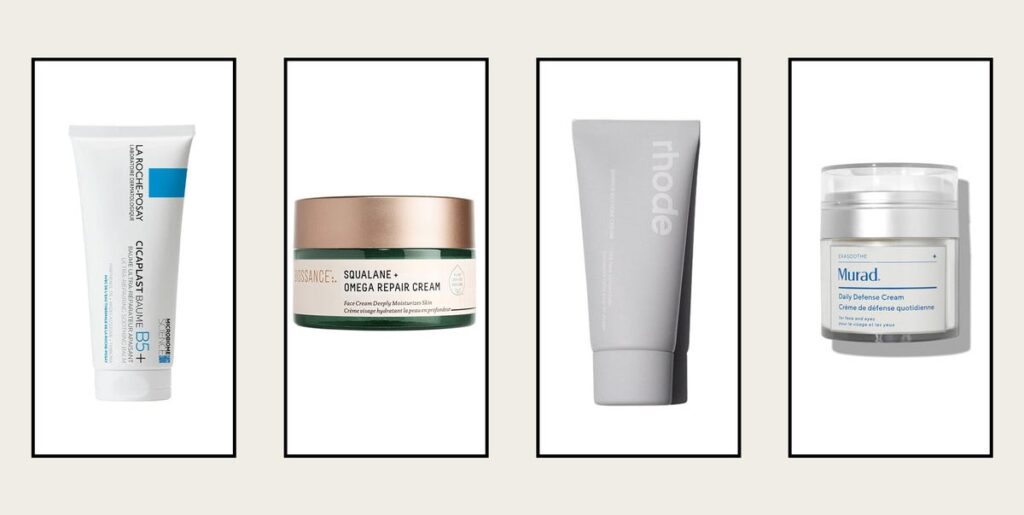Winter can be a challenging season for our skin, often leaving it feeling dry, tight, and dull. As temperature drops, many of us experience the frustrating effects of dry skin, which can manifest in various ways, from mild peeling to more serious conditions like eczema and psoriasis. Unfortunately, colder weather isn’t the sole culprit; factors such as sun damage, hormonal changes, aging, and certain medical treatments can also lead to dryness. This increase in dryness and lack of moisture is an issue that many face, making it essential to understand better how we can restore and maintain skin health during this time.
Before diving into solutions, it’s crucial to distinguish between dry and dehydrated skin, as these terms describe different conditions. According to dermatologist Dr. Alexis Granite, dry skin is a skin type characterized by a deficiency of natural oils or lipids, while dehydrated skin lacks water, regardless of skin type—meaning even oily skin can become dehydrated. Essentially, someone can have dry skin without experiencing dehydration and vice versa. This nuanced understanding will help us refine our approach to skincare and select products effectively tailored to our specific needs.
When choosing moisturizers for dry skin, it helps to be armed with the right information. There are a variety of products designed to combat dryness, each with unique benefits. For instance, some creams cater specifically to a compromised skin barrier, while others address concerns like age-related dryness or sensitivity. Some notable products include Rhode Barrier Restore Cream, which focuses on repairing damaged barriers, and Dr. Barbara Sturm’s Glow Cream, delivering hydration and radiance ideal for mature skin. Each option is formulated with a thoughtfully chosen blend of ingredients aimed at targeting specific skin needs.
To understand what ingredients work best for problematic dry skin, Dr. Granite categorizes moisturizers into three groups: humectants, occlusives, and emollients. Humectants like hyaluronic acid draw moisture into the skin, while occlusives, such as squalane and shea butter, create a barrier that prevents moisture loss. Emollients, particularly ceramides, fill the gaps between skin cells and promote hydration. The combination of these components in a moisturizer is vital for those managing dry skin or more severe conditions. Effective skincare routines should integrate a blend of these ingredients to maximize hydration and comfort.
As we compile a list of top-performing moisturizers for dry skin, we’ve tested various products across different skin types to ensure efficacy. Everyone’s skin reacts differently, making it important to find formulations that work for you personally. We’ve identified products that have met the criteria of dermatological testing and user satisfaction, ensuring they serve their intended purpose well. A few standout selections include La Roche-Posay’s Cicaplast Baume for sensitive and irritated skin, Biossance Squalane + Omega Repair Cream for deep moisture, and Weleda Skin Food, a versatile multi-purpose cream.
Ultimately, navigating the complex landscape of skincare, especially during winter, requires awareness and care. Building a proper routine with effective products can significantly improve our skin’s condition, alleviating dryness and restoring hydration levels. With a carefully chosen moisturizer tailored to your specific concerns, you can fight back against the winter elements and keep your complexion glowing, soft, and healthy throughout the season. The key is understanding your skin’s unique needs and selecting products with the right blend of hydration and nourishment to keep it comfortable in the face of harsh weather.

